Ragdoll X
Three raccoons in a trench coat. I talk politics and furries.
- 21 Posts
- 50 Comments
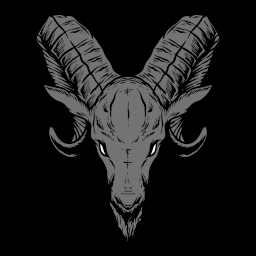 151·20 days ago
151·20 days agoȈ̶̢̠̳͉̹̫͎̻͔̫̈́͊̑͐̃̄̓̊͘ ̶̨͈̟̤͈̫̖̪̋̾̓̀̓͊̀̈̓̀̕̚̕͘͝Ạ̶̢̻͉̙̤̫̖̦̼̜̙̳̐́̍̉́͒̓̀̆̎̔͋̏̕͝͝M̶̛̛͇̔̀̈̄̀́̃̅̆̈́͑̑͆̇ ̵̢̨͈̭͇̙̲͎͉̝͙̻̌͝I̷̡͓͖̙̩̟̫̝̼̝̪̟̔͑͒͊͑̈́̀̿̋͂̓̋̔͌̚ͅN̸̮̞̟̰̣͙̦̲̥̠͑̔̎͑̇͜͝ ̷̢̛̛͍̞̖̹̮͈͕̠̟̽̔̋̎͋͑̍̿̅̈́̋̕̚̚͜͝Y̴̧̨̨͙̗̩̻̹̦̻͎͇͈͎͓̩̐̓Ö̸͈̭̒̌̀̇͂̃͠ͅŨ̷̢̞̗͛̌͌͒̀̇́̽̓͑͝Ŕ̷͇͌ ̸̛̮̋̏̋̋̔͝W̶͔̄̐͋͑A̷̧̖̗͕̻̳͙̼͖͒L̴̩̰͙̾͑͑͑̒̏Ḻ̸̡̦̭͚̱̝̟̣̤͗̊́͐̋̈́̒͠͠͠͠͝S̸̯͚͈̠͍̆̉̑͗͊̄̒̏͆̔͊
Not my favorite community but I wish !writingprompts@lemmy.world had more engagement. It was really cool on Reddit and I wish it got more love here as well.
I’d participate too but I can’t write for shit.Cute little slimy fellas

 4012·2 months ago
4012·2 months agoFor a more succinct answer:
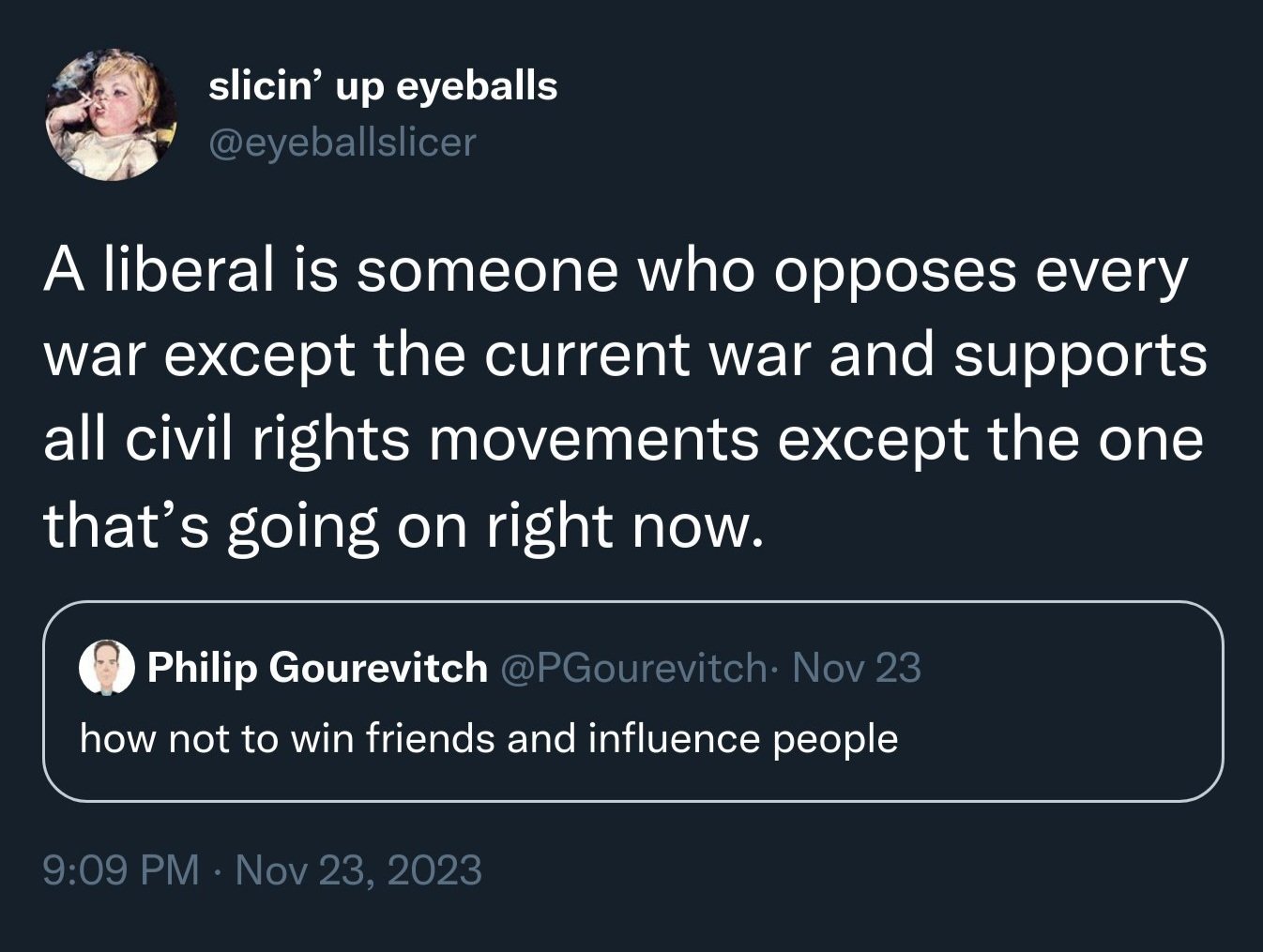
It’s obviously tongue-in-cheek, but it gets the point across lol
are they also going to roleplay the memes
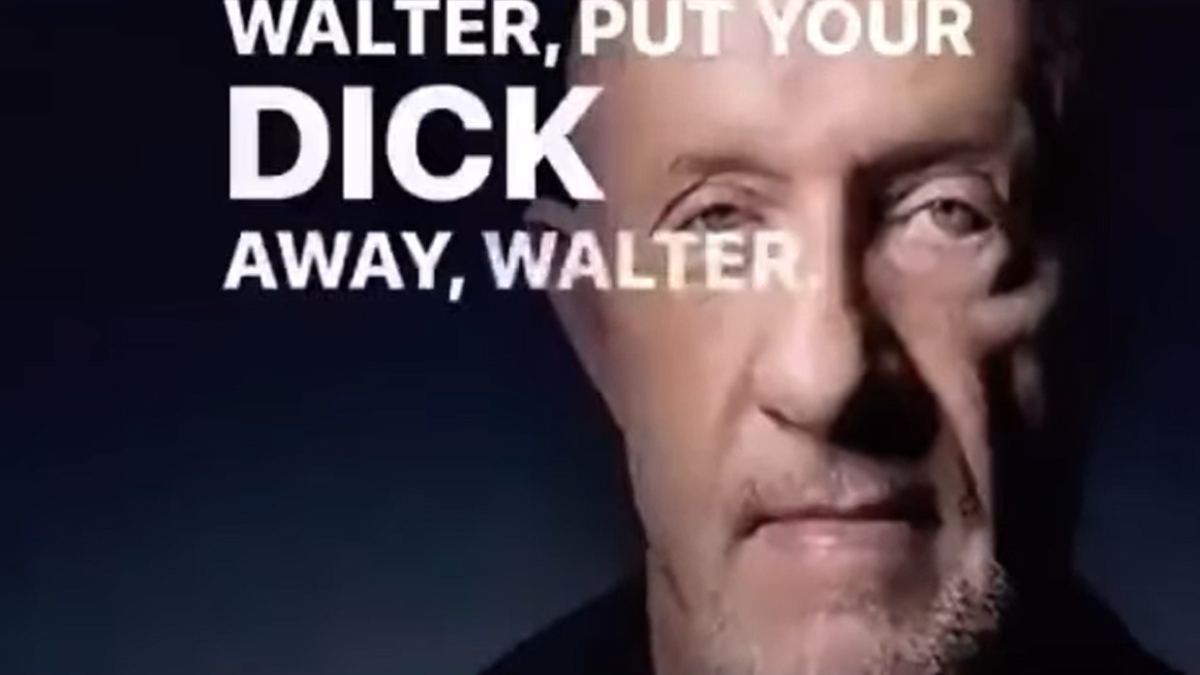

 81·2 months ago
81·2 months ago“I’m shaking my fist very angrily, Israel! You better watch out!”

 263·2 months ago
263·2 months agoIf this is nature then capitalists are a parasitic species that should be exterminated (in Roblox).
That’s exactly the kind of comment I’d expect from a MF called “SatansMaggotyCumFart”

 1·2 months ago
1·2 months agoI’ve always liked Kbin’s design and funcionality more than Lemmy, but the latter is more popular and sometimes posts/comments won’t load properly on Kbin, so I’ve stuck with Lemmy for now.

 43·3 months ago
43·3 months agoPlease tell me how an AI model can distinguish between “inspiration” and plagiarism then.
[…] they just spit out something that it “thinks” is the best match for the prompt based on its training data and thus could not make this distinction in order to actively avoid plagiarism.
I’m not entirely sure what the argument is here. Artists don’t scour the internet for any image that looks like their own drawings to avoid plagiarism, and often use photos or the artwork of others as reference, but that doesn’t mean they’re plagiarizing.
Plagiarism is about passing off someone else’s work as your own, and image-generation models are trained with the intent to generalize - that is, being able to generate things it’s never seen before, not just copy, which is why we’re able to create an image of an astronaut riding a horse even though that’s something the model obviously would’ve never seen, and why we’re able to teach the models new concepts with methods like textual inversion or Dreambooth.
 11·3 months ago
11·3 months agoMike Hawk
Jenna Talya
Or just James, but spelled Chaymz
 5·3 months ago
5·3 months agoI thought “Raddix Zephyr” might’ve been inspired by the sorting algorithm, but that’s not the name of its creator nor the algorithm, which is actually spelled “Radix”.
All those -eigh names are pretty funny though. Your kid ain’t a horse! It’s not gonna neigh!
And I thought my idea of naming my kid Asrah was already pretty out there lol

 2·3 months ago
2·3 months agoI just find it interesting how some love to blame the US first for issues in other countries.
It is a known pattern. Even the article itself points out the U.S. has a hand in the current crisis:
The nation of 11 million is experiencing its worst economic crisis since the collapse of the Soviet bloc in the 1990s due to fallout from the coronavirus pandemic, the recent tightening of US sanctions and structural weaknesses in the economy.
Before I left I had like a dozen, and a few with more than 100K karma.
I was a karma whore through and through, but I’m past that now 😤
I simply read headlines on Lemmy and immediately conclood like a true chad

 4117·4 months ago
4117·4 months agoIf the terms don’t include “kill all Palestinians” Israel isn’t going to accept them.
Why yes I do in fact (In Arma)
Alternate from the Mandela Catalog.




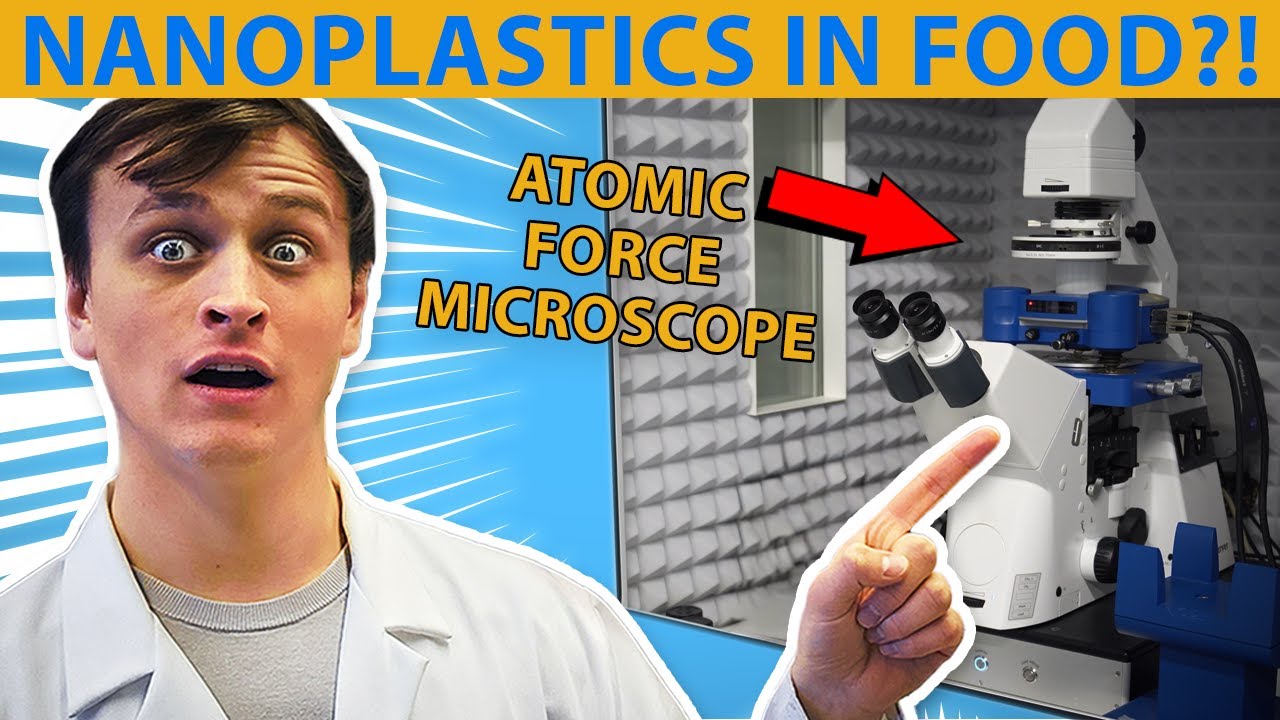



Sorry to give you false hope 😔
But I still believe that we’ll get at least one video this year! 😭